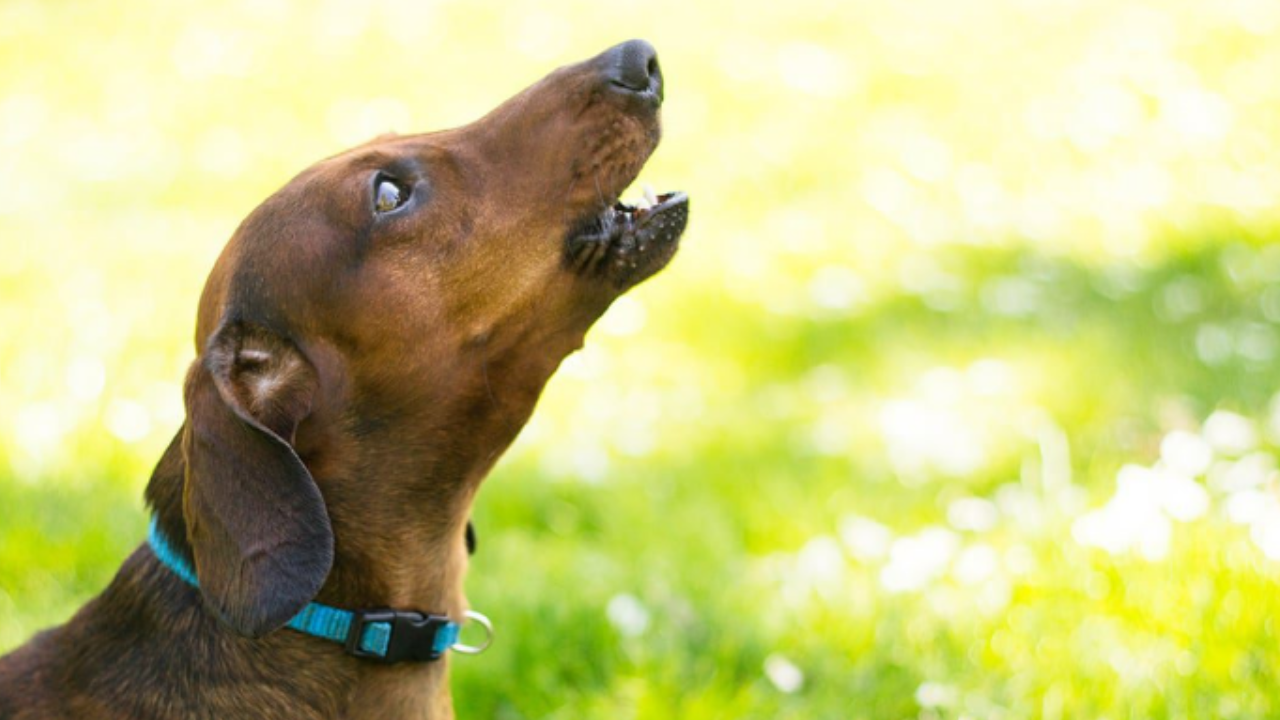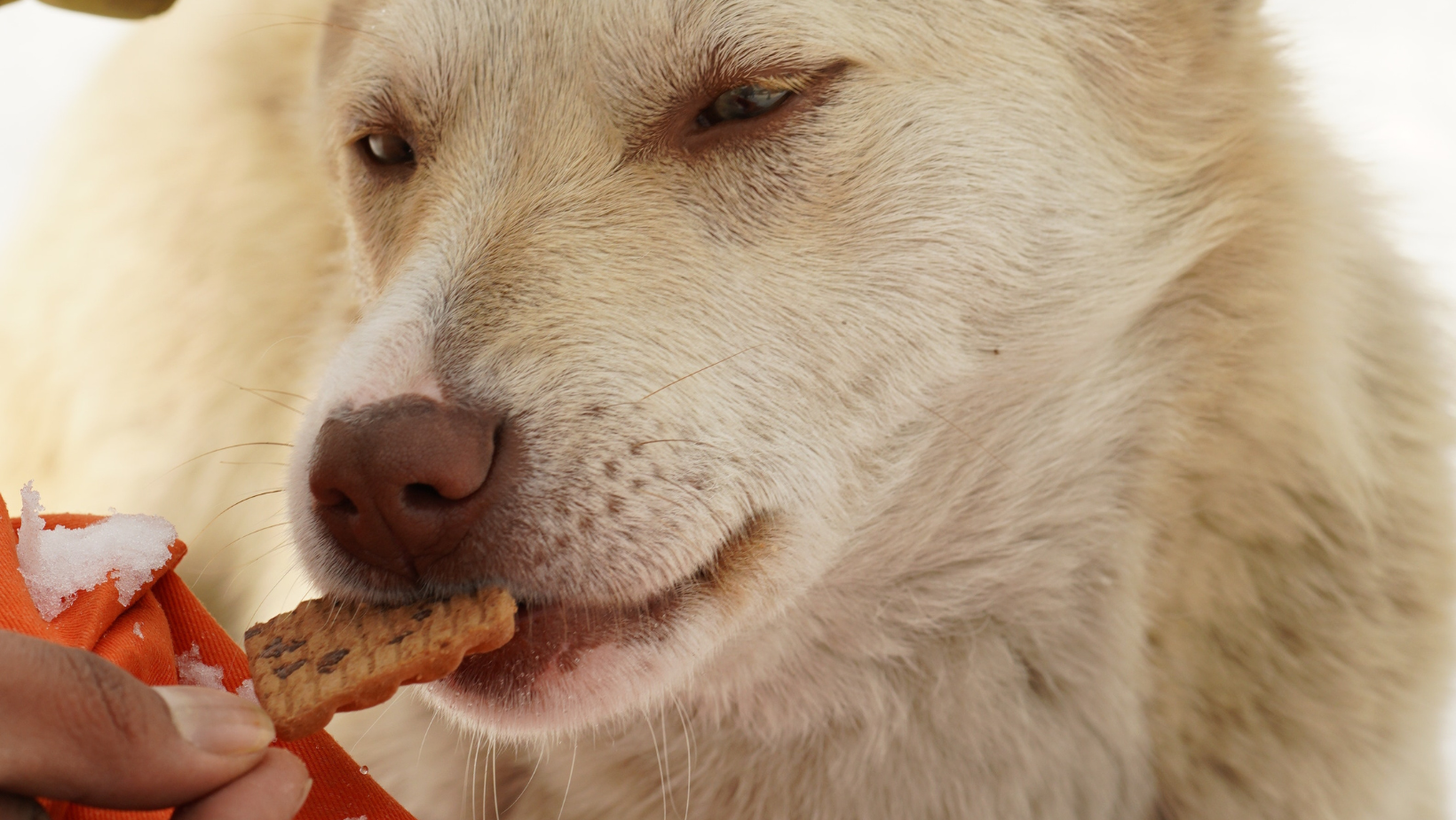Dandruff in Dogs

You might be wondering if your dog has dandruff or even if dogs can develop dandruff if you’ve observed white flakes in their fur. They can, yes. Both people and dogs can get seborrheic dermatitis, also known as dandruff.
Although dandruff is not normally an indication of a serious illness, you can consult a veterinarian to learn what might be the cause. If you notice signs like excessive itching or a change in weight or behaviour, schedule an appointment as soon as possible.
Here are the many varieties of dog dandruff, symptoms to watch for, potential causes, and recommended treatments.
Types of Dandruff in Dogs
Not all dog dandruff appears as white flakes. It may be dry, oily, or may not actually be dandruff at all. There’s a chance that hair loss has left the underlying skin red or uneven. The most typical varieties are listed below:
- Dry seborrhea, also known as seborrhea sicca, can manifest as white flakes on crusty skin.
- Seborrhea oleosa (greasy seborrhea): The skin of your dog may feel oily and smell.
- Walking dandruff: If the dandruff appears to be moving, it is actually a type of mite called Cheyletiella.
What Causes Dog Dandruff?
Dogs’ dandruff can develop for a number of reasons, including:
- Allergies
- A vitamin shortage (such as a lack of omega fatty acids)
- Hormone dysregulation
- Immune system disorders
- genetic disorder (more commonly seen in American Cocker Spaniels, West Highland White Terriers, English Springer Spaniels, and Basset Hounds)
- Low humidity that dries out the skin by removing its moisture
- Various medical illnesses, such as diabetes mellitus, autoimmune diseases, and pemphigus (underactive thyroid glands),
- The white mites that produce cheyletiellosis, sometimes known as “walking dandruff,” are visible to the human eye. The mites produce severe itching and deposit their eggs in the dog’s fur.
- fungal and bacterial skin infections
Diagnosing Dandruff in Dogs
A veterinarian may: in order to identify the underlying reason for dandruff
- Make a physical assessment
- Inquire about your dog’s nutrition and water consumption as well as how long the dandruff has been there, whether your dog has been scratching (or exhibiting other behaviours that suggest discomfort).
- To check for mites or lice, take skin samples (skin scrapings) and material from your dog’s hair.
- If an allergen is thought to exist, suggest allergy testing, such as a food exclusion diet or an intradermal skin test.
- Look for yeast or germs in your dog’s ears by examining skin cells and other debris there.
- To check for malignancy, do a tissue biopsy.
- Perform blood tests to look for:
- sweet diabetes
- Cushing’s syndrome
- Hypothyroidism (low amounts of thyroid hormone) (low levels of thyroid hormone)
Home Remedies and Treatments for Dog Dandruff
Simple occurrences of dandruff can be avoided with healthy eating habits and routine hygiene. Some vets might advise include omega-6 fatty acids in the diet, but you should always consult your doctor before making dietary changes for your dog.
Be careful to ask your veterinarian about DIY treatments that are appropriate for your dog’s condition. Never use human anti-dandruff products; they can be dangerous to dogs.
Other suggested courses of action may be:
- frequent dog baths using shampoos containing oatmeal or calming shampoos like Virbac Epi-Soothe. To soothe irritated, itchy skin caused by persistent dandruff, a prescription shampoo may be necessary.
- In order to massage the skin and disseminate the dog’s natural oils throughout their body, frequent brushing is essential. Choosing the proper brush is crucial as well (one with the right firmness for your dog). Try FURminator de-shedding tools for various coat lengths, or items like de-matting brushes and shine/condition soft-bristle brushes, depending on your dog’s coat.
- Because mites (cheyletiellosis) may survive up to 10 days on common objects, comprehensive treatment is necessary.
- Every pet with mites has to be washed six to eight times each week. Along with oral medicine, a veterinarian may recommend rinses with pesticide and lime sulphur.
- To avoid reinfestation, you can clean your rugs, bedding, and kennels.





